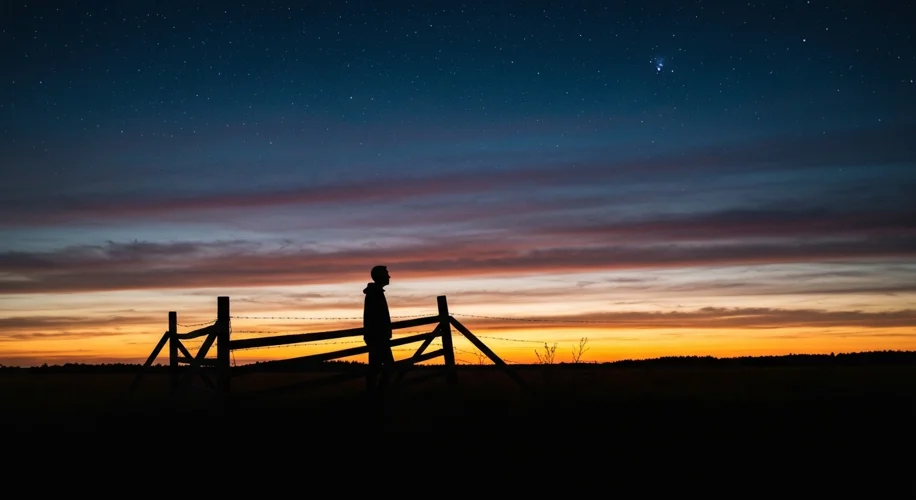As someone who spent years immersed in atmospheric science, I’ve always been fascinated by what we can and can’t see from our planet’s surface. Today, August 11, 2025, I want to talk about something that’s quietly making it harder for us to explore the cosmos: light pollution.
Did you know that many of the world’s premier astronomical observatories are facing a growing challenge? It’s true. The relentless spread of artificial light from our cities is literally washing out the faint signals from distant galaxies and stars. This isn’t just about seeing fewer stars in our own backyard; it’s a significant impediment to scientific research.
Astronomers rely on incredibly dark skies to detect the faintest light, which carries crucial information about the universe’s origins, the formation of planets, and the very nature of existence. Think about the delicate observations needed to study exoplanet atmospheres or the faint glow of the early universe. Even a small amount of stray light can drown out these signals, making the data noisy or even unreadable.
For observatories, this means their prime locations, often chosen for their remoteness and clear skies, are becoming compromised. Light from developing towns and cities can travel hundreds of miles through the atmosphere, scattering off particles and creating a pervasive glow that obscures the celestial view. It’s like trying to hear a whisper in a noisy room.
So, what’s being done about it? Thankfully, scientists and conservationists are working on solutions.
One key area is responsible lighting design. This involves using shielded fixtures that direct light downwards, where it’s needed, rather than upwards into the sky. Using warmer color temperatures for lighting, like amber or warm white, also helps reduce the blue-rich light that scatters most easily and disrupts our natural circadian rhythms, and also affects astronomical observations.
Beyond technology, community awareness and policy changes are vital. Many places with observatories have implemented ‘dark sky ordinances’ that regulate outdoor lighting. Citizen science projects are also emerging, where people can help map light pollution in their own areas.
It’s a complex issue, blending urban development with the fundamental human desire to explore and understand our universe. Preserving dark skies isn’t just for astronomers; it’s about maintaining a connection to the natural world and ensuring future generations can marvel at the same stars that have inspired humanity for millennia. It’s a reminder that even as we build and innovate on Earth, we need to be mindful of the impact on our view of the wider universe. Let’s talk about keeping our skies clear, for science and for ourselves.

